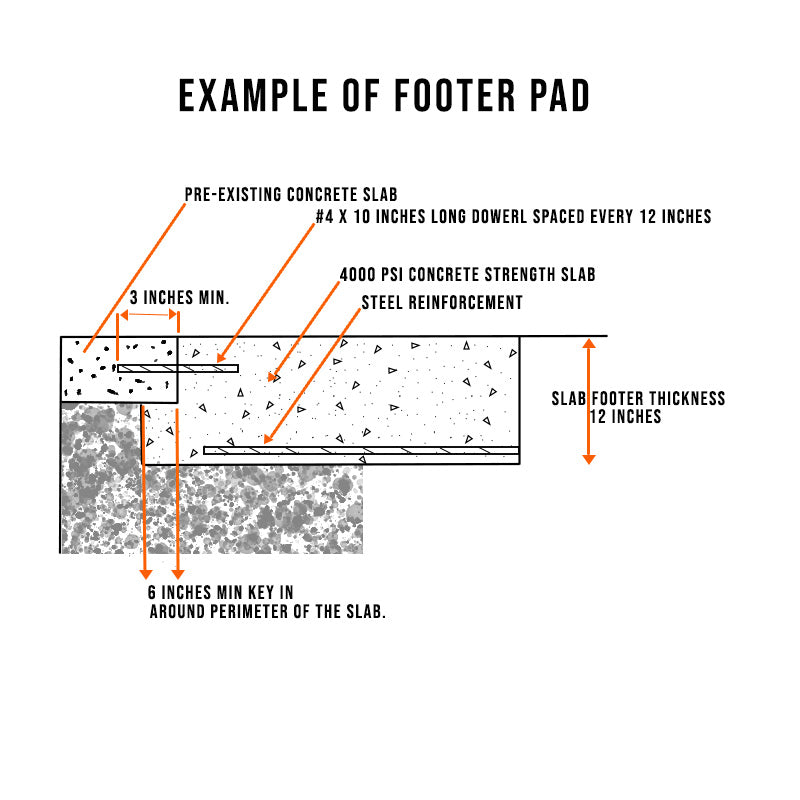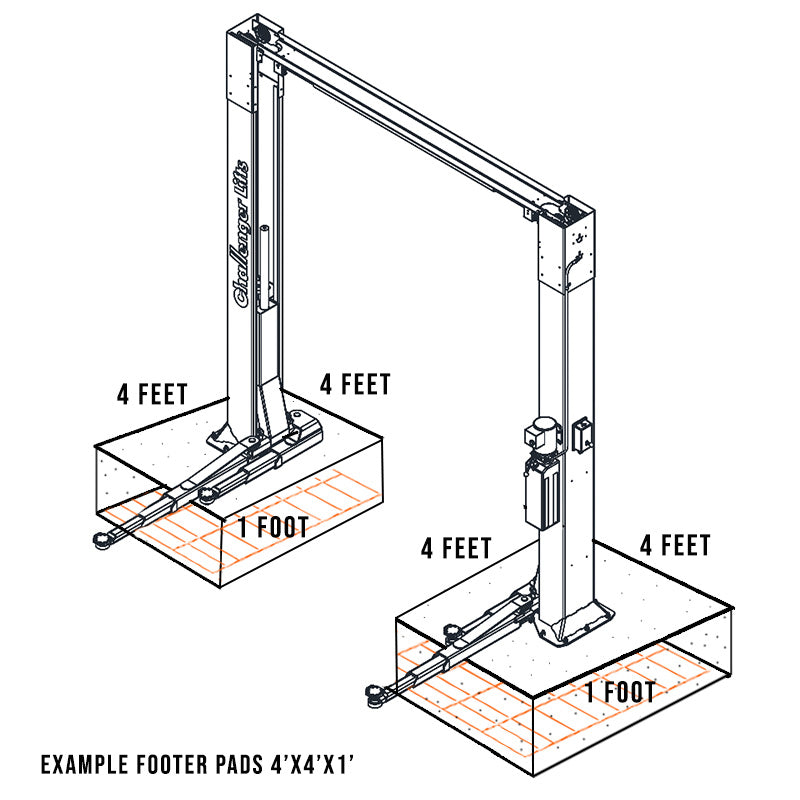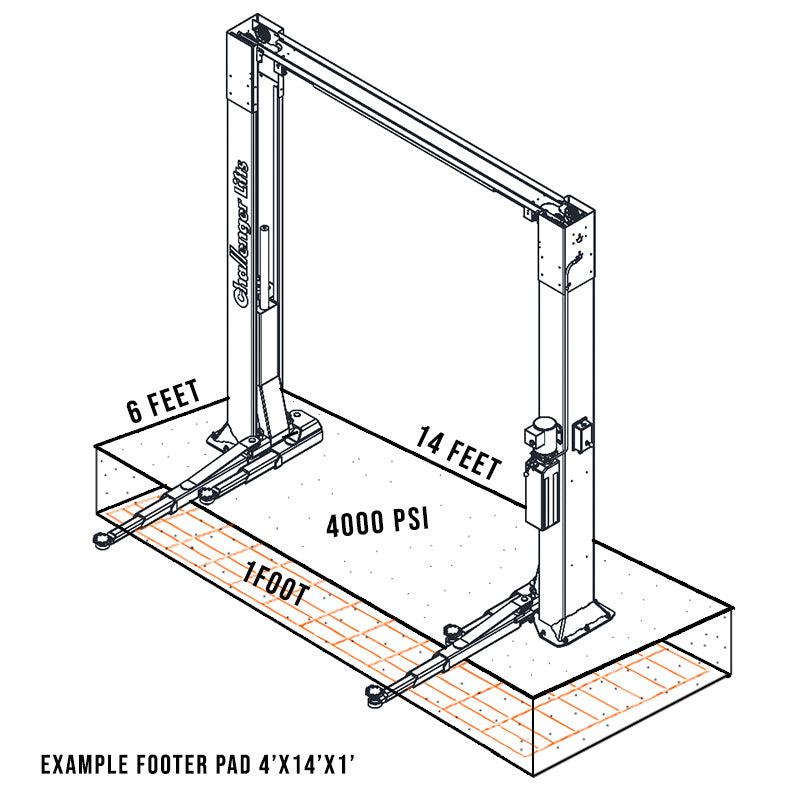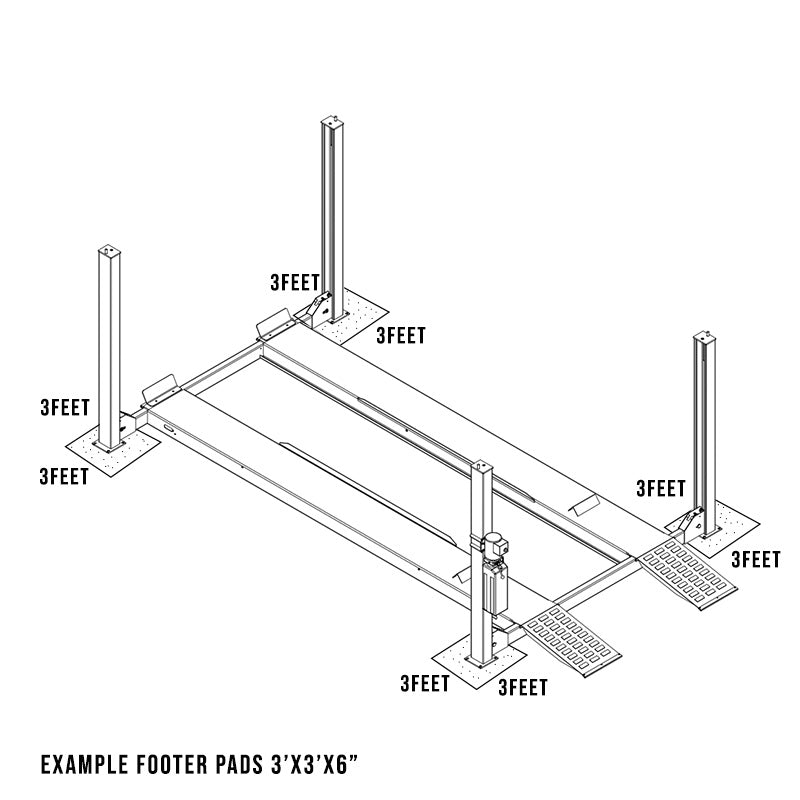Shipping Lifts
Everything you need to know about ordering car lifts from Automotive Lift Experts LLC. Most heavy freight items are required to have a forklift on site to receive the shipment to the contiguous United States. (Excludes Alaska and Hawaii.)
Shipping Parts methods
Automotive Lift Experts LLC chooses shipping methods based on cost, destination delivery, reliability and speed. While FedEx Ground is suitable for most domestic shipments, there are a number of factors that will determine the best mode of product delivery method. We encourage you to learn how Automotive Lift Experts LLC. chooses its shipping methods to see how your delivery destination may be affected.
Returns
Returns and exchanges happen from time to time, and we strive to remain transparent about how these these processes occur. Please read this section to understand your rights and liabilities. Conditions to your return may apply.
Order change fees
In the event that an order destination needs to be changed, this section covers which fees may apply. The total charge will depend on the current status of the order, how the shipment must be rerouted, etc.




